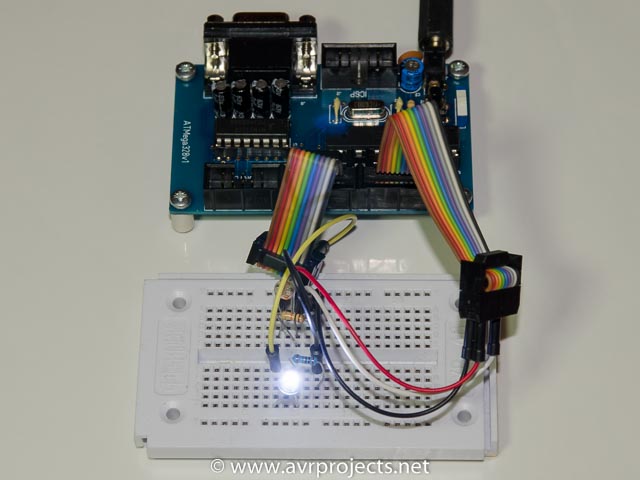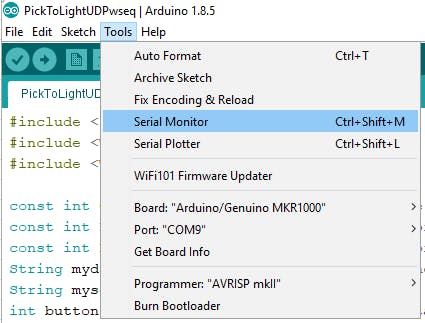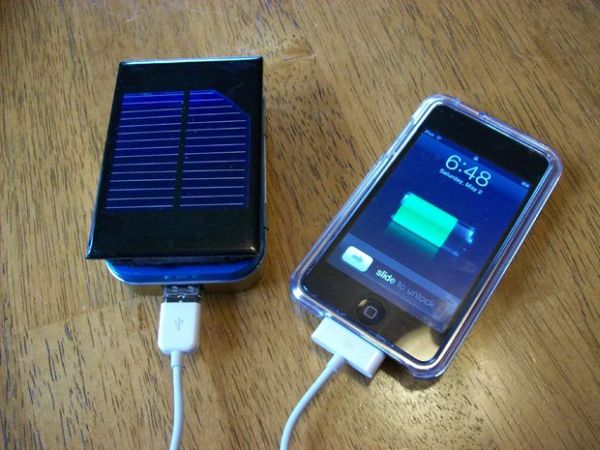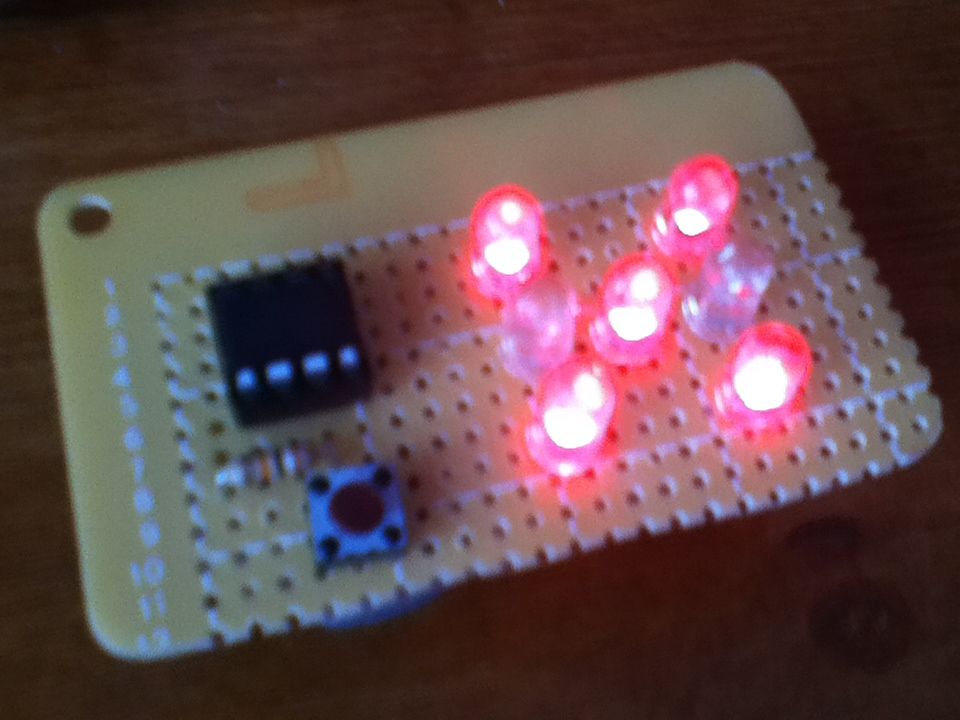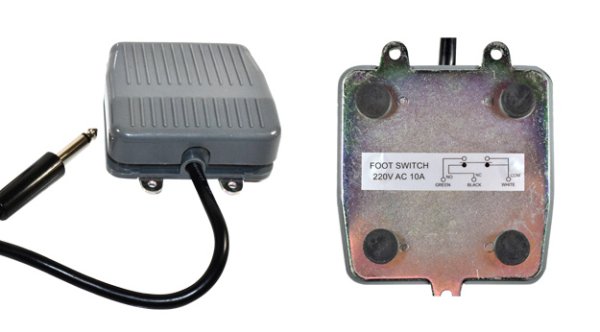[Gamer Assist] Haptic Feedback System for Games Using Esp8266 Using Atmega
So, in this video we’ll be seeing how to build this haptic feedback device and the ambient light system which reacts to the player’s health value inside a PC game! For that we’ll be using the ESP-NOW protocol, about which we learnt in the previous video and also see how to use different RGB LEDs […]
[Gamer Assist] Haptic Feedback System for Games Using Esp8266 Using Atmega Read More »


